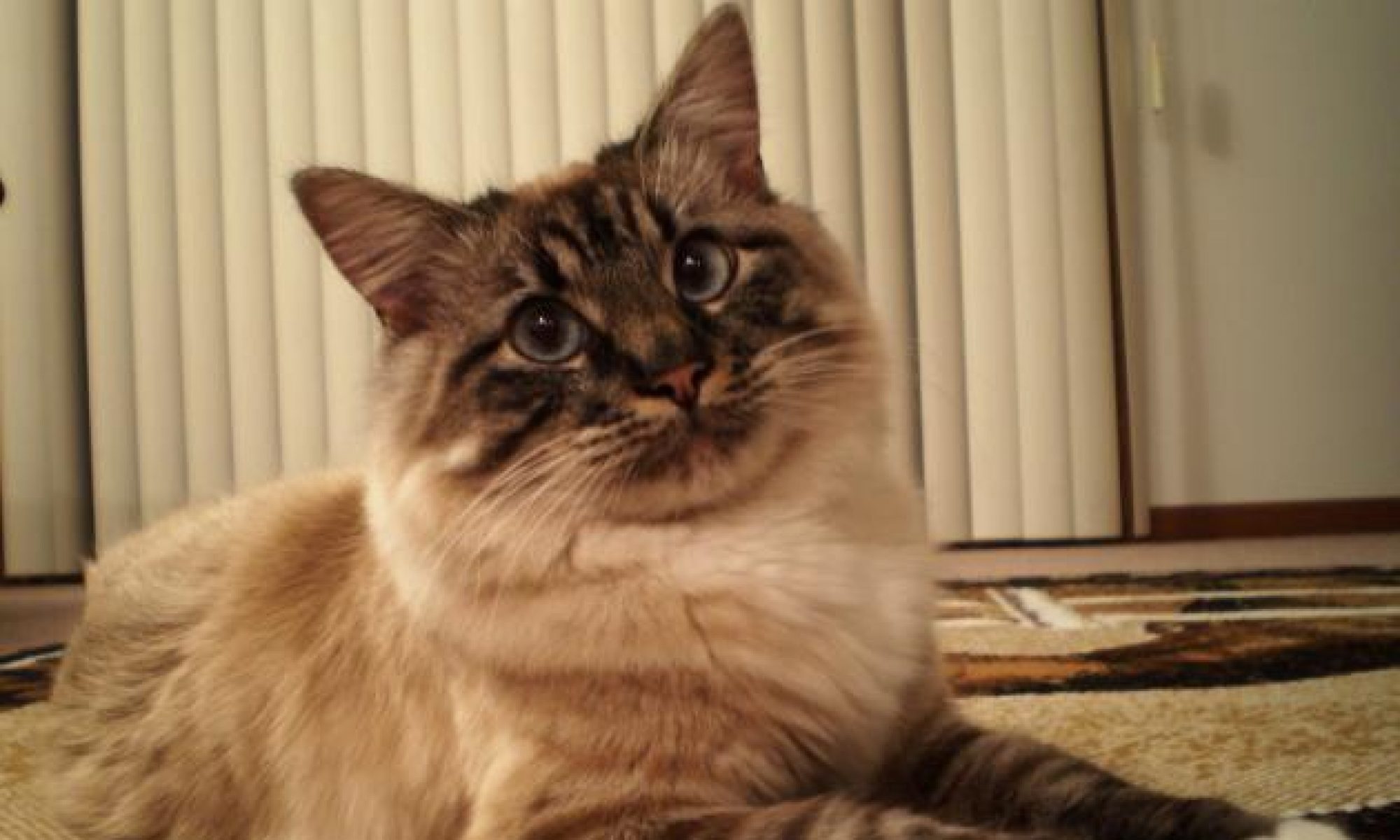While cat owners may have heard that they need to feed their cats a diet containing taurine, the reason may be unclear. Taurine, an amino acid found naturally in animal proteins, is not needed in the diet of most animals because it can be synthesized or produced in the body from other amino acids or compounds in the diet. However, cats have a limited ability to synthesize taurine and, therefore, require a dietary source of this amino acid.
Why cats cannot synthesize taurine
Some amino acids in the diet (methionine and cysteine, in particular) can be used to produce either taurine or energy through glucose production. The pathway to glucose formation is more active in the cat than the pathway to produce taurine, so not enough taurine is made to meet their daily requirement.
Cats naturally consume a diet high in protein (and amino acids), and low in carbohydrates (and glucose). By using some amino acids to produce pyruvate, cats are able to meet their requirement for glucose, a major source of energy for the brain. In addition, taurine is found in high concentrations in the natural diet of cats – fish, birds, and rodents. By consuming these small animals, cats would consume ample amounts of taurine.
Signs of a taurine deficiency
A taurine deficiency affects the eyes and heart. Feline central retinal degeneration (FCRD) is characterized by retinal lesions. Taurine is important in regulating the flow of ions across the retinal membrane. Without adequate taurine, this ion flux is disrupted and the retinal tissue degenerates, resulting in FCRD. The symptoms can be detected by veterinarians within five to six months of deficiency. As the deficiency continues, the lesions on the retina worsen and the cat will go blind within nine to 12 months.
Taurine plays a similar role in cardiac function by regulating ion flow across membranes. A taurine deficiency presents itself as dilated cardiomyopathy (DCM), a weakening of the myocardium of the heart and loss of normal contraction. Without tauring supplementation, DCM can result in cardiac failure.
Dietary sources of taurine
Taurine is found in high concentrations in the natural diet of cats: fish, birds, and rodents. So by consuming these animals, cats would regularly consume ample amounts of taurine.
In a commercial cat food, taurine can be supplied naturally by the ingredients or as a supplement of the free amino acid. Taurine is found in higher concentrations in organ meats than skeletal muscle. Diets that contain organ meats in the form of by-product meals will provide your cat with sufficient levels of taurine with no need for supplementation. Diets high in plant material or skeletal muscle may have free taurine added to the diet. So, although you may not see taurine listed on a commercial cat food ingredient list, it is included in amounts that meet or exceed the cat’s needs.
The amount of taurine required in the diet is different depending on whether you are feeding a dry or canned food. The canning process results in some taurine being complexed or bound with other nutrients, causing it to be less available to the animal. The American Association of Feed Control Officials (AAFCO), which regulates the quality and safety of pet food, requires higher amounts of taurine to be included in canned cat foods compared to dry cat foods to ensure that adequate amounts are available.
Summary
Because they do not synthesize taurine in adequate amounts, cats require dietary taurine for normal retinal and cardiac function. Without taurine in the diet, cats may develop feline central retinal degeneration and/or dilated cardiomyopathy. This requirement stems from the fact that cats are obligate carnivores and consume ample amounts of taurine from meat in their natural diet. Commercial diets include amounts of taurine that meet or exceed the cat’s nutritional needs.
Lisa Karr-Lilienthal, Ph.D. – University of Nebraska-Lincoln

